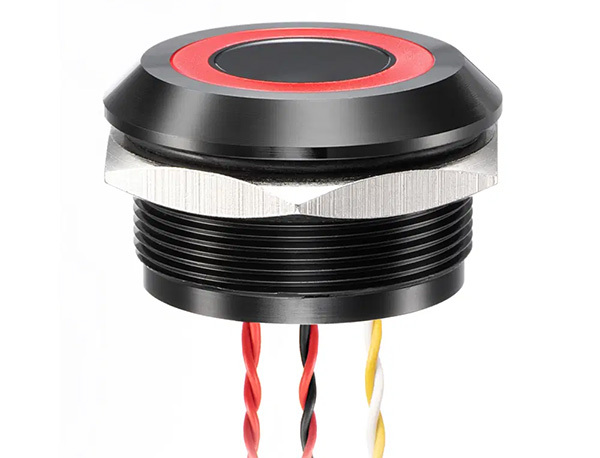Demystifying Switch Symbols for Effective Electrical Design
Corps
Understanding these symbols is essential for effective electrical design, as they convey crucial information about the functionality and configuration of switches within a circuit.
This article aims to demystify switch symbols, providing insights into their meanings and usage in electrical design.
Introduction to Switch Symbols
Switch symbols are graphical representations used in circuit diagrams to denote the presence and type of switches employed in electrical circuits.
They consist of simple shapes and lines that convey specific information about the switch's operation, such as its position, number of poles and throws, and switching action.
Common types of switches depicted in circuit diagrams include toggle switches, push buttons, rotary switches, and relay switches.
Understanding Common Switch Symbols
Single-Pole, Single-Throw (SPST) Switch: Represented by a simple line with a break, indicating a single-pole, single-throw switch that can make or break a single circuit.
Single-Pole, Double-Throw (SPDT) Switch: Depicted by a line with a Y-shaped branching, indicating a single-pole, double-throw switch capable of connecting one input to two different outputs.
Double-Pole, Single-Throw (DPST) Switch: Illustrated by two parallel lines with breaks, denoting a double-pole, single-throw switch that simultaneously makes or breaks two separate circuits.
Double-Pole, Double-Throw (DPDT) Switch: Represented by two parallel lines with Y-shaped branching, indicating a double-pole, double-throw switch capable of connecting two inputs to two outputs in various configurations.
Usage in Electrical Design
In electrical design, switch symbols play a crucial role in conveying circuit functionality and configuration to engineers, technicians, and electricians.
By correctly interpreting switch symbols, designers can accurately communicate circuit specifications, enabling seamless implementation and troubleshooting during construction and maintenance phases.
Tips for Effective Use of Switch Symbols
Consistency: Maintain consistency in the use and placement of switch symbols throughout the circuit diagram to avoid confusion and errors.
Clarity: Ensure that switch symbols are clear and easily recognizable, with proper labeling and annotation to convey their intended function.
Documentation: Provide detailed documentation accompanying circuit diagrams, including a legend or key explaining the meaning of each switch symbol used.
Conclusion
Switch symbols are indispensable tools in electrical design, providing a standardized language for representing switches and their functionality in circuit diagrams.
By understanding and effectively utilizing switch symbols, designers can communicate circuit specifications accurately, facilitating efficient construction, maintenance, and troubleshooting of electrical systems.
As technology advances and new types of switches emerge, familiarity with switch symbols remains essential for ensuring effective electrical design and system integration.















commentaires